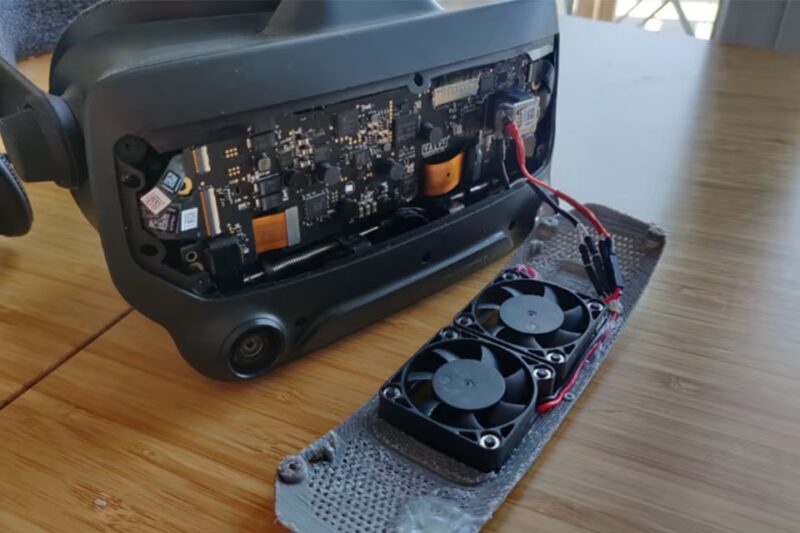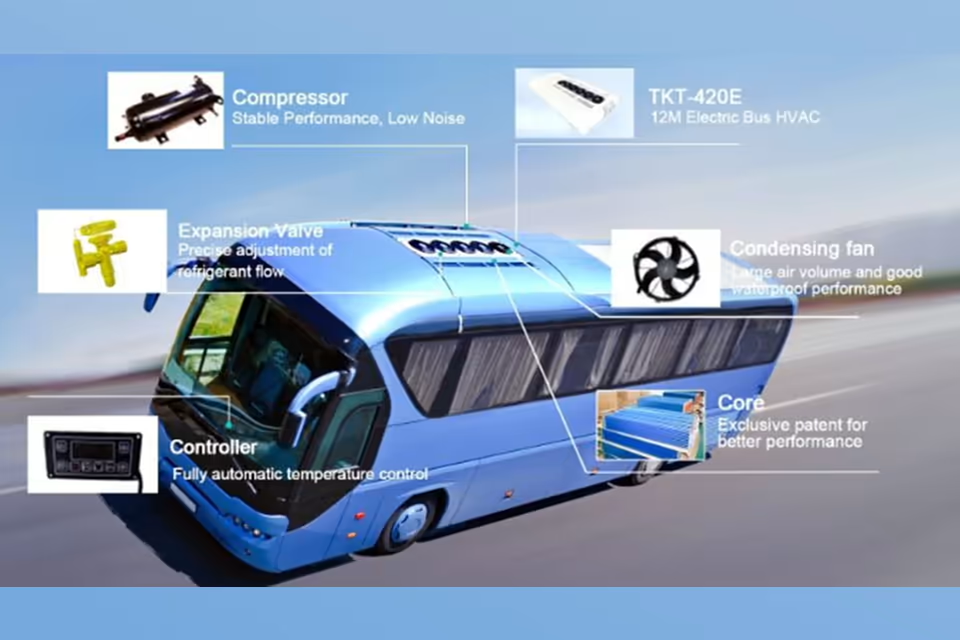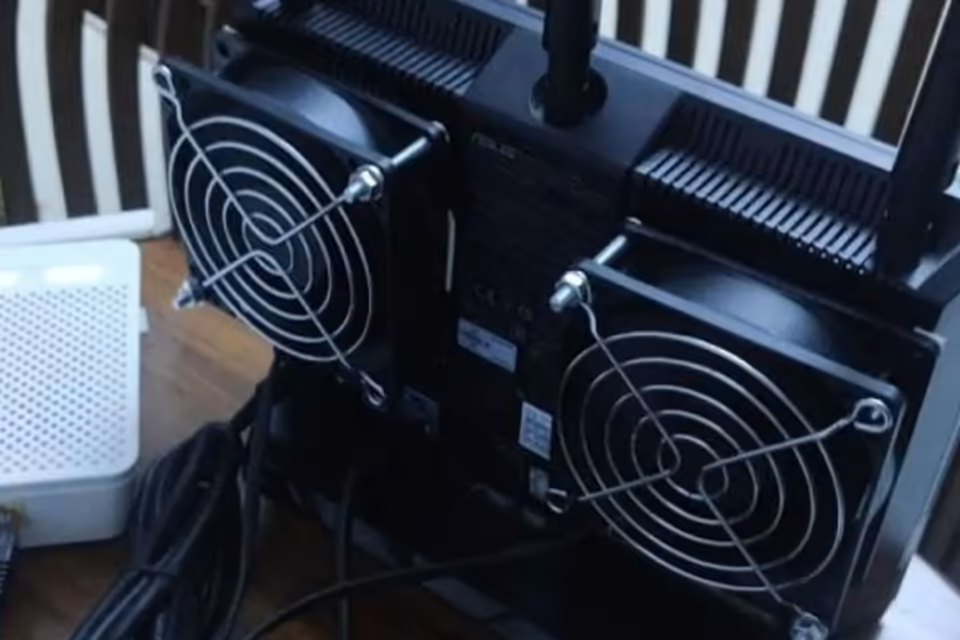Eine effiziente Kühlung ist für jedes VR-Headset unerlässlich. Dieser Artikel erklärt, warum DC-Gebläseventilatoren ideal für kompakte VR-Designs sind – sie bieten hohen Luftstrom, geringe Geräuschentwicklung und stabile Leistung, um Benutzerkomfort und Gerätezulässigkeit zu gewährleisten.
Da Virtual-Reality-Geräte kleiner und gleichzeitig leistungsfähiger werden, wird die Verwaltung der internen Wärme immer komplexer. Überhitzung kann nicht nur die Leistung beeinträchtigen, sondern auch die Lebensdauer von Komponenten verkürzen und das immersive Benutzererlebnis negativ beeinflussen.
DC-Gebläseventilatoren bieten die perfekte Lösung, indem sie starken statischen Druck, leisen Betrieb und flexible Geschwindigkeitsregelung kombinieren, was sie zur bevorzugten Wahl für die VR-Hardware der nächsten Generation macht.
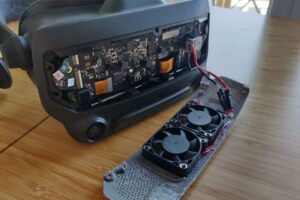
Die Hitzeherausforderung in modernen VR-Geräten
Da VR-Headsets wie Valve Index, Meta Quest und Pico leistungsfähiger werden, integrieren sie hochauflösende Displays, Sensoren und fortschrittliche Prozessoren in kleineren Gehäusen. Diese Hochleistungskomponenten erzeugen beträchtliche Wärme, die zu Leistungsdrosselung, kürzerer Komponentenlebensdauer, visuellen Artefakten und Benutzerunbehagen führen kann.
Die Herausforderung für Hersteller besteht darin, thermische Effizienz, geringe Geräuschentwicklung und Kompaktheit auf begrenztem internen Raum in Einklang zu bringen. Eine effektive Kühlung betrifft nicht nur die Hardwaresicherheit – sie beeinflusst direkt die Immersion, den Komfort und die Langlebigkeit des Headsets.
Warum DC-Gebläseventilatoren bei der VR-Kühlung herausragen
Im Gegensatz zu Axiallüftern, die Luft geradlinig durchblasen, nutzen DC-Gebläseventilatoren einen zentrifugalen Luftstrompfad, der die Luft seitlich durch enge Kanäle leitet – ideal für beengte VR-Gehäuse.
DC-Gebläseventilatoren zeichnen sich dadurch aus, dass sie starken statischen Druck mit präziser Geschwindigkeitsregelung kombinieren. Ihre Fähigkeit, konzentrierten Luftstrom durch kompakte Lüftungskanäle zu liefern, stellt sicher, dass kritische Komponenten wie Display-Treiber, Prozessoren und Batterien innerhalb sicherer Temperaturbereiche bleiben.
Diese Ventilatoren arbeiten leise, typischerweise unter 25 dBA, wodurch das immersive Klangerlebnis, das VR erfordert, erhalten bleibt. Ihre steuerbare Geschwindigkeit und Niederspannungsbetrieb (5V oder 12V DC) machen sie auch für tragbare und batteriebetriebene VR-Headsets geeignet.
Moreover, DC blower fans can intelligently adjust their speed based on real-time temperature feedback, providing dynamic cooling that balances performance and power efficiency. This adaptability prevents thermal throttling—a key issue that can lead to frame rate drops and break immersion.
Manufacturers face the challenge of integrating these fans without compromising weight, ergonomics, or noise control. However, continuous innovation in impeller design, material selection, and noise reduction has allowed DC blowers to achieve higher efficiency in smaller, lighter packages—making them indispensable in modern VR thermal design.
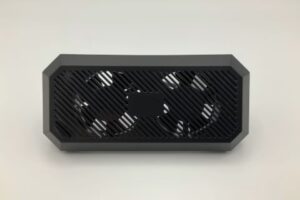
The Science of Silent Cooling in VR Headsets
In virtual reality, silence enhances immersion. Even minor fan noise can reduce the sense of presence. DC blower fans are designed for silent performance while maintaining airflow around sensitive areas such as logic boards and display modules. By minimizing vibration and maintaining consistent temperatures, they help preserve image stability and comfort during long sessions.
Choosing the Right DC Blower Fan for VR Designs
Selecting the proper blower fan requires attention to several factors:
- Size and Form Factor: Common dimensions like 30×30×10 mm or 40×40×10 mm fit neatly into VR headset housings while maintaining adequate airflow.
- Voltage Compatibility: Most VR systems operate on 5V or 12V DC, so fans must match power specifications for safe integration.
- Airflow and Pressure: A range of 1.5–3.5 CFM and static pressure between 5–10 mmH₂O ensures efficient heat dissipation in restricted spaces.
- Noise Control: Keeping noise below 25 dBA is crucial for user immersion and comfort.
- Smart Control: PWM and FG feedback enable precise speed management and real-time monitoring for balanced cooling.
By evaluating these parameters early in product development, VR manufacturers can achieve optimal cooling, energy efficiency, and user satisfaction.
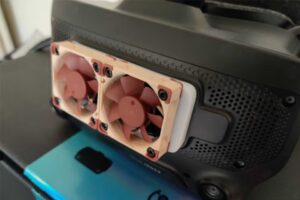
Zukünftige Trends
The future of VR cooling lies in miniaturization and smart integration. Innovations such as advanced impeller geometries, vibration-dampening designs, and sensor-driven fan control are shaping the next generation of ultra-efficient blower fans. As headsets become lighter and thinner, compact DC blower fans will remain essential to maintaining performance and reliability.
Partnering for Custom VR Fan Solutions
At Xingqifeng, we specialize in designing and manufacturing custom DC blower fans for VR, AR, and wearable electronics. With years of OEM and ODM experience, we deliver tailored cooling solutions that fit seamlessly into your product design.
Our engineering team provides:
- Customized sizes & voltage options
- Low-noise, high-efficiency performance
- Rapid prototyping and reliability testing
By collaborating with us early in your product development process, you gain access to optimized thermal solutions that enhance performance, extend device life, and improve user comfort, giving your VR products a competitive edge in the market.
Fazit
As VR technology continues to evolve, effective cooling remains a defining factor in performance and comfort. DC blower fans deliver the perfect balance of strong airflow, compact size, and silent operation.
For VR manufacturers seeking to elevate reliability and immersion, these fans are not just components—they are the foundation of cool, stable, and next-generation virtual reality experiences.

